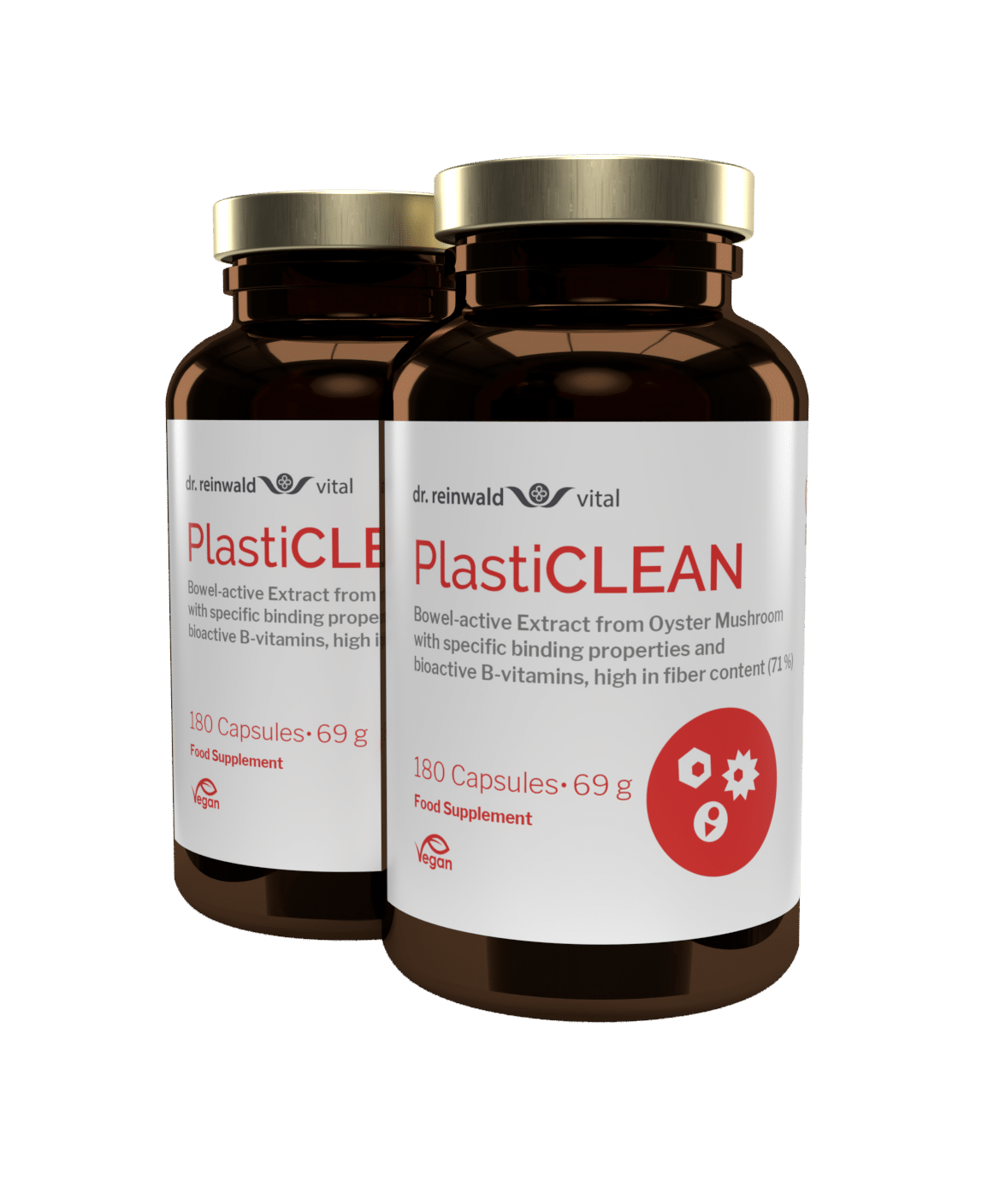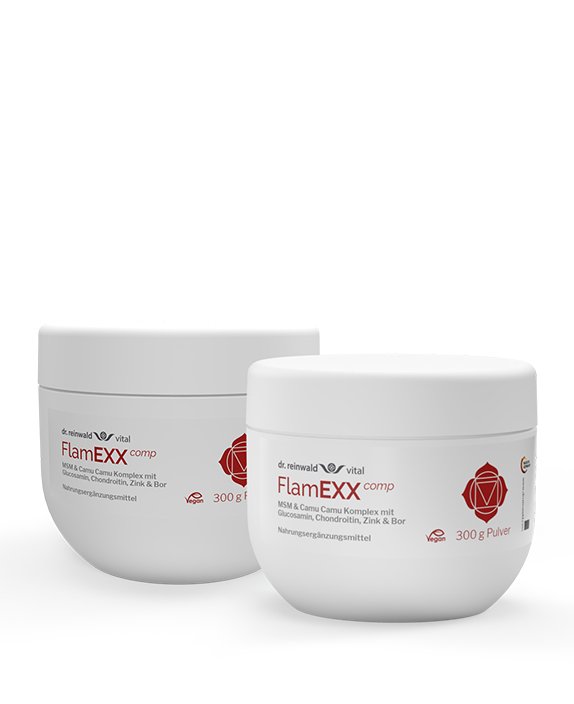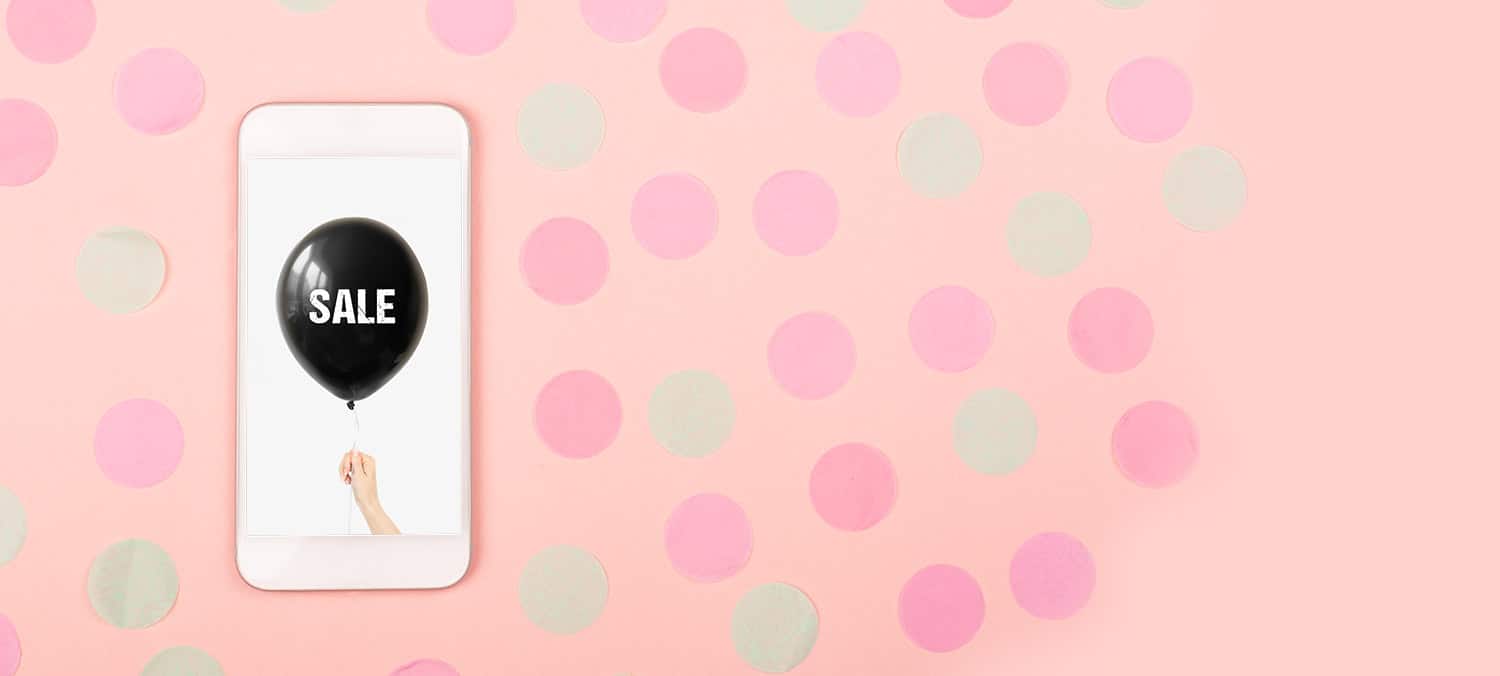Say goodbye to glitter: Microplastic ban across the EU
Are we safe for now? Why the microplastics ban alone is not enough
Microplastics can be found everywhere. Whether in the deep sea, in the Arctic, in drinking water, in the air or in human blood – there is no place today where the tiny plastic particles are not found. An enormous threat, for our environment as well as for our health! To put a stop to this, the European Commission has now called for a gradual ban on microplastics. But what exactly does the ban mean? And why is it so important to continue protecting and regularly cleaning your body?
What is microplastic?
Microplastics are all synthetic polymer particles less than five millimeters in size that are organic, insoluble and difficult to degrade. Microplastics are now ubiquitous. They are found in cosmetics, detergents, cleaning products, chewing gum, toys, clothing, fertilizers and pesticides. The tiny particles can accumulate in animals, including fish, shellfish and mollusks. They also end up on our plates.
Banning microplastics across Europe as a first step
MThe European Commission’s microplastics ban came into force in mid-October 2023. The ban is to be implemented gradually and affects microplastics as such as well as products to which microplastics have been added and which release them during use.
The goal of the new regulation is a 30 percent reduction in global microplastic pollution by 2030. The individual measures will be implemented gradually. As a first step, a ban on the sale of loose glitter and microbeads, such as those found in creams and exfoliants, has been in place since October 15, 2023.
Gradual extension of the ban
In all other cases, the sales ban will only come into force after a longer transition period, in some cases several years. This is intended to give stakeholders such as manufacturers time to adjust to the new regulations and find alternatives. In four to twelve years, the ban will be extended to other cosmetics. This will depend on the complexity of the product. The granules used on artificial turf fields and other artificial sports facilities, which according to the EU Commission are currently the largest source of added microplastics, are also not to be banned for eight years.
Products that are used at industrial sites or that release no or hardly any microplastics during use or application are exempt from the regulation. There are also exceptions for pharmaceuticals and for food and animal feed.
The invisible danger: microplastics in our environment
When microplastics are mentioned, most people immediately think of cosmetics or detergents and cleaning agents. But what many do not know: The proportion of primary microplastics – which are deliberately produced as such and added to products such as cosmetics – accounts for only a vanishingly small proportion of the microplastic pollution in our environment.
The majority of this relates to so-called secondary microplastics: these are created unconsciously, for example when plastic packaging and plastic bottles are opened, when clothing containing synthetic fibers is washed, through tire wear when driving, through the abrasion of shoe soles, and when plastic waste in the air, in the sea or on the ground very slowly breaks down into smaller and smaller pieces. Every year, vast amounts of plastic waste end up in nature – and in our bodies.

»Plastic will be the main ingredient in all our grandchildren’s recipes.«
Anthony T. Hincks, Welsh author, edior and musicologist
What is the health impact of microplastics?
Even if the effects of microplastics on our health are still often downplayed by officials – mostly with reference to the lack of studies on long-term effects – numerous studies have come to alarming conclusions in recent years:
- On average, through the air we breathe, the water we drink, and the food we eat, an adult ingests approximately 14,000 microplastic particles per day. (1)
- Every hour we inhale about 16.2 pieces of microplastics. These microplastics settle in the nasal cavity, throat, and upper respiratory tract. (2)
- Once microplastics are in our bodies, they can accumulate in intestinal tissue, but also in other organs such as the liver, kidneys, lungs or spleen. Scientists have also been able to detect small plastic particles in the stool, breast milk and placenta, and even in the blood and heart. (3)
- Microplastics are not safe at the blood-brain barrier either. The tiny particles can also penetrate it and damage the brain cells through the chemicals they contain.(4)
The insidious thing about microplastics is that the plastics themselves contain lots of toxic additives such as plasticizers, flame retardants, color pigments and stabilizers. They can also bind pollutants, pathogens or other substances from their environment. If the microplastic particles get into our organism, they bring with them all kinds of harmful baggage, from toxins and germs to endocrine disruptors that have a hormone-like effect and can completely disrupt our metabolism.
Microplastics have been linked to the following physical reactions and illnesses:
- In tissues and organs, inflammation occurs. If these remain undetected, this can increase the risk of secondary diseases such as chronic inflammatory bowel diseases, cardiovascular diseases, metabolic diseases such as type 2 diabetes, or even cancer. You can find more info here
- Disrupted hormonal regulatory pathways affecting reproductive function, bodily detoxification, and other vital processes.
- Disorders of the microbiome
- Increased susceptibility to infections
- Growth disturbances
- Respiratory problems such as coughing or shortness of breath
- Attention disorders up to autism
- Allergic reactions
- Neurological diseases such as Alzheimer’s, Parkinson’s or multiple sclerosis
What should be done! Don’t give the microplastics a chance!

In view of the facts presented, the question arises whether the EU ban is not just a drop in the bucket. Therefore, you should take your luck or better your health into your own hands!
On the one hand, this means to avoid all products that contain microplastics in any form through conscious shopping behavior. The following apps can support you in your everyday life: Codecheck, Bett the Micro Bead or Replace Plastic App
But what to do with the microplastic particles that have already settled in your body? There’s only one thing to do: watch your diet and regulary treat your body to a plastic detoxing cure!
Chitosan, as it is found in oyster mushrooms, offers a wonderfully effective solution: Like a kind of suction cup, it can bind even tiny particles to itself and expel them. In addition, chitosan scores with natural antibacterial and antifungal properties. This is why the natural substance has long been used successfully in environmental technology and agriculture.
And this is exactly where our PlastiCLEAN® product comes into play. Thanks to the specific binding properties of the oyster mushroom chitosan ballast and the bioactive B vitamins, non-polar substances can be bound in the intestines and gently cleansed and relieved. PlastiCLEAN® is our first choice for microplastics because it is 100% vegan, all-natural, and free of additives and heavy metals!

You want to push your immune system and effectively and sustainably put an end to inflammatory processes in your body? FlameXX comp our highly effective MSM & Camu Camu complex with glucosamine, chondroitin, zinc and boron convinces with its strong anti-inflammatory power. With organic sulfur, it also contains an important building block for the body’s own detoxification.
More articles on the topic
A closer look at microplastics
Dangerous microplastics – our life in plastic
Sources
(1) https://www.spektrum.de/news/mikroplastik-halloween-ohne-glitzerstaub/2190045#
(4) https://medizindoc.de/studien-zeigt-erstmals-die-giftigen-wirkungen-von-mikroplastik/
Further information on the EU Commission Regulation
https://ec.europa.eu/commission/presscorner/detail/de/ip_23_4581
https://ec.europa.eu/commission/presscorner/detail/de/qanda_23_4602




